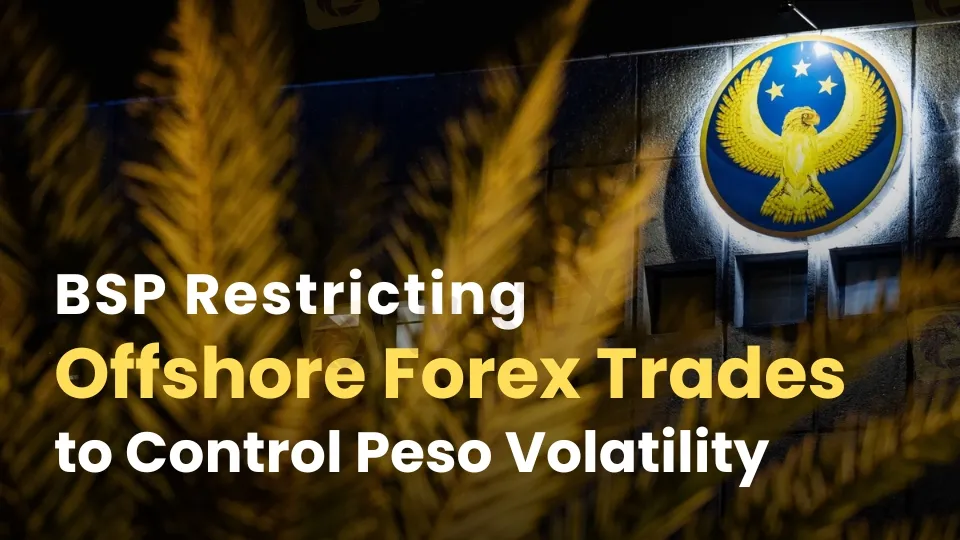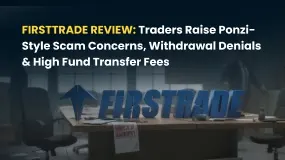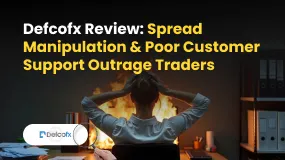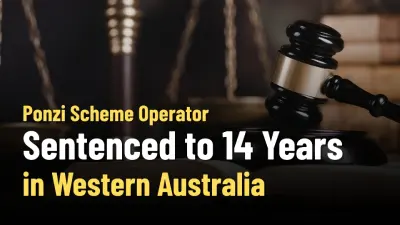简体中文
繁體中文
English
Pусский
日本語
ภาษาไทย
Tiếng Việt
Bahasa Indonesia
Español
हिन्दी
Filippiiniläinen
Français
Deutsch
Português
Türkçe
한국어
العربية
BSP Restricting Offshore Forex Trades to Control Peso Volatility
Abstract:BSP tightens rules on offshore forex trades, including NDFs, to reduce systemic risks and peso volatility. Stakeholders’ feedback due by March 26.

The Bangko Sentral ng Pilipinas (BSP) is making strong moves to limit banks' offshore FX trading activity. What's the goal? To protect the peso from extreme fluctuations and prevent speculative trading from adding to systemic vulnerabilities in the financial system. With the peso's stability hanging in the balance, the BSP is pressing for stricter regulations, and stakeholders have until March 26, 2025, to comment on a draft circular that might change how banks manage currency operations involving non-deliverable forwards (NDFs).
So, what is an NDF? It is a contract in which two parties agree to purchase or sell foreign currency at a predetermined price, but rather than exchanging actual cash later, they settle the value difference when the agreement matures. It's an effective way for firms, particularly importers, to hedge against FX volatility. But here's the catch: the BSP believes certain banks aren't only deploying NDFs to safeguard customers. They may also be speculating on peso movements to make a profit, which might backfire and undermine the currency.
History supports the BSP's fears. Excessive NDF trading has previously inflated the peso's value, complicating attempts to maintain stable exchange rates. When the peso rises against the dollar, exporters and families that rely on remittances from overseas Filipino workers suffer financially. That is why the BSP has tightened NDF restrictions throughout the years, and the most recent proposal is no exception.

The proposed circular does not end at NDFs. It also includes other forex derivatives such as non-deliverable swaps (NDS) and non-deliverable cross-currency swaps (NDCCS). In an NDS, no actual currency is swapped; instead, compensation is based on the difference between the agreed-upon rate and the market rate. NDCCS goes a step further, resolving currency and interest rate disparities without affecting cash flows. The BSP wants these “variants” subject to the same tight control as NDFs, including bank limitations and greater capital requirements.
Once the circular is approved, peso NDS and NDCCS trades will be capped at 20% of qualifying capital for local banks and 100% for international branches. However, trades with the BSP will not count toward these restrictions. “To mitigate the buildup of systemic risks and protect against undue concentration in market usage, the prudential guidelines are set in place,” the proposed regulation states. It's a clear statement that the BSP isn't playing around when it comes to FX speculation.
This is more than simply statistics; it's about keeping the economy stable. Peso volatility affects everyone in the Philippines, not just banks. Exporters lose competitiveness, while households who rely on dollar remittances see their budgets dwindle. By cracking down on hazardous FX trading, the BSP seeks to avoid similar hassles and prevent systemic risks from snowballing.
With the March 26 deadline approaching, the stakes are high. Banks, dealers, and corporations are looking over the plan, aware that it might alter their FX strategy. For the time being, the BSP is acting as a watchdog, trying to prevent speculative transactions from destabilizing the peso and the wider financial system. Will this work? Only time will tell, as will the peso's next move.

Disclaimer:
The views in this article only represent the author's personal views, and do not constitute investment advice on this platform. This platform does not guarantee the accuracy, completeness and timeliness of the information in the article, and will not be liable for any loss caused by the use of or reliance on the information in the article.
Read more

Firsttrade Review: Traders Raise Ponzi-Style Scam Concerns, Withdrawal Denials & More Issues
Have you lost all your capital while trading via Firsttrade? Does the US-based forex broker disallow you from withdrawing funds? Do you have to pay massive fees when transferring funds? Does your trade get affected because of frequent malfunction in the trading app? These have been haunting many traders at Firsttrade. Consequently, many of them have raised complaints online. In this Firsttrade review, we have shared such complaints. Keep reading to know about them.

Defcofx Review: Spread Manipulation & Poor Customer Support Outrage Traders
Does the poor customer support service leave you stunned when trading via Defcofx? Do you receive blunt, negative responses from the support team on several trading queries? Does the Saint Lucia-based forex broker pile on the losses for you by manipulating forex spread charges? In this Defcofx review, we have shared some complaints made against the broker. This will further answer your question: Is Defcofx real or fake?

Ponzi Scheme Operator Sentenced to 14 Years in Western Australia
Chris Marco, a Ponzi scheme operator, was sentenced to 14 years for a $34 million investment fraud in Western Australia. Read about the case and its impact.

How to Add and Take Out Money from Amillex Broker: A Complete Guide
Good money management is the foundation of successful trading. Learning how to make an Amillex Broker deposit and withdrawal is your first step toward trading with confidence. We know that for any trader, moving money must be safe, fast, and simple. This guide gives you a complete, step-by-step walkthrough for all amillex broker funding activities, so you can manage your account with total clarity. The whole process, from your first deposit to taking out profits, is made to be simple. You start by logging into your secure client area, picking a payment method that works for you, choosing the amount, and confirming the transaction. This guide will cover detailed deposit instructions, a full breakdown of withdrawal steps, a comparison of available payment methods, and a detailed look at the security measures protecting every transaction.
WikiFX Broker
Latest News
INTERPOL, AFRIPOL Crack Down on Africa Terror Finance
Forex Scam Checker Philippines: Verify Brokers with WikiFX
MH Markets Review 2025: Trading Platforms, Pros and Cons
Mekness Review: Traders Report Alleged Fund Scams & Account Blocks
Octa FX in Pakistan: The Complete Guide to Local Payments, Regulation, and Support
D Prime to Exit Limassol Office Amid Doo Group Restructure
WikiFX Elites Club Committee Concludes Voting! Inaugural Lineup Officially Announced
Fake Trading Platforms Are Spreading Fast Across Asia | How Investors Are Being Tricked
eToro CopyTrader Expands to U.S. Investors
Is MH Markets Safe or a Scam? Regulation and Fund Security Explained
Currency Calculator



